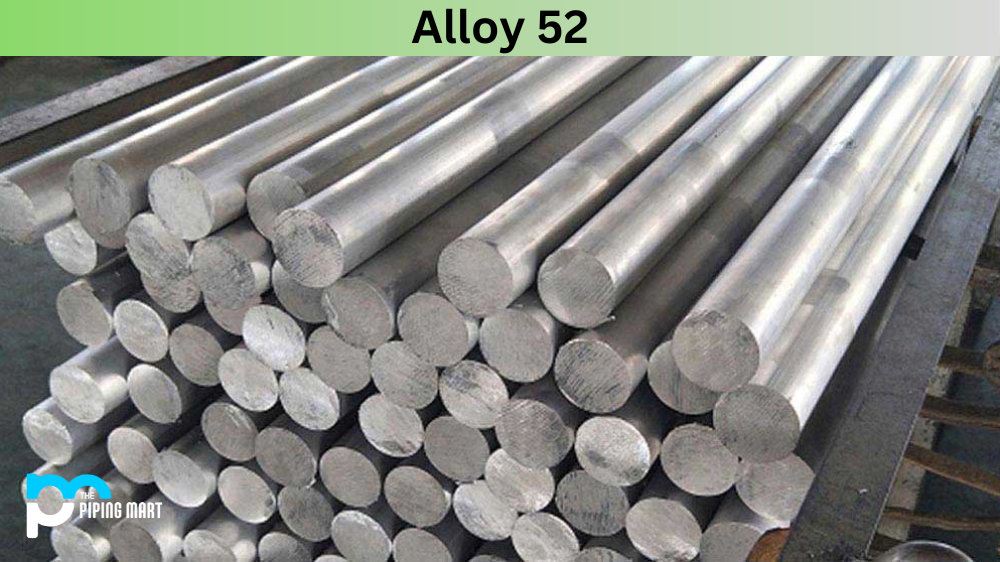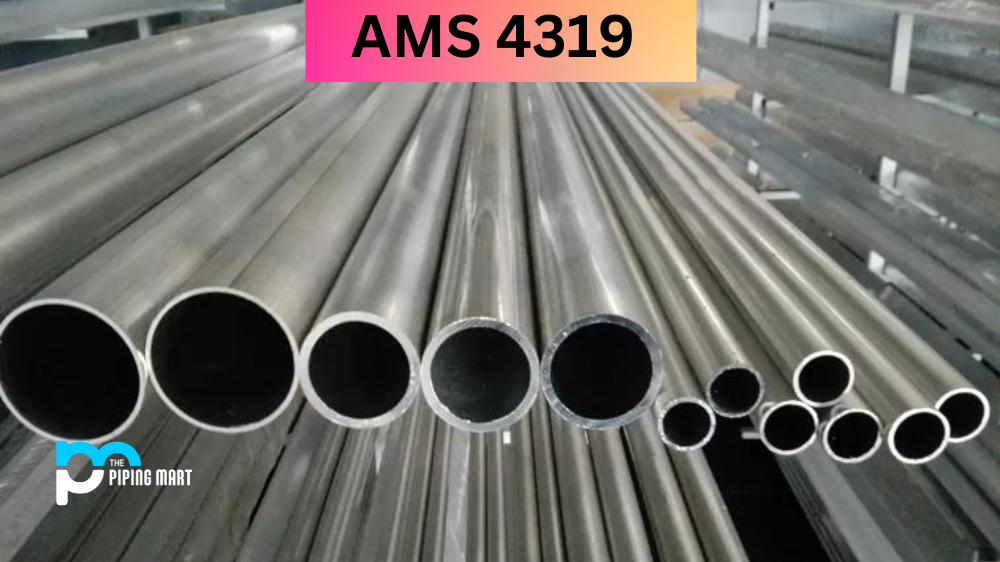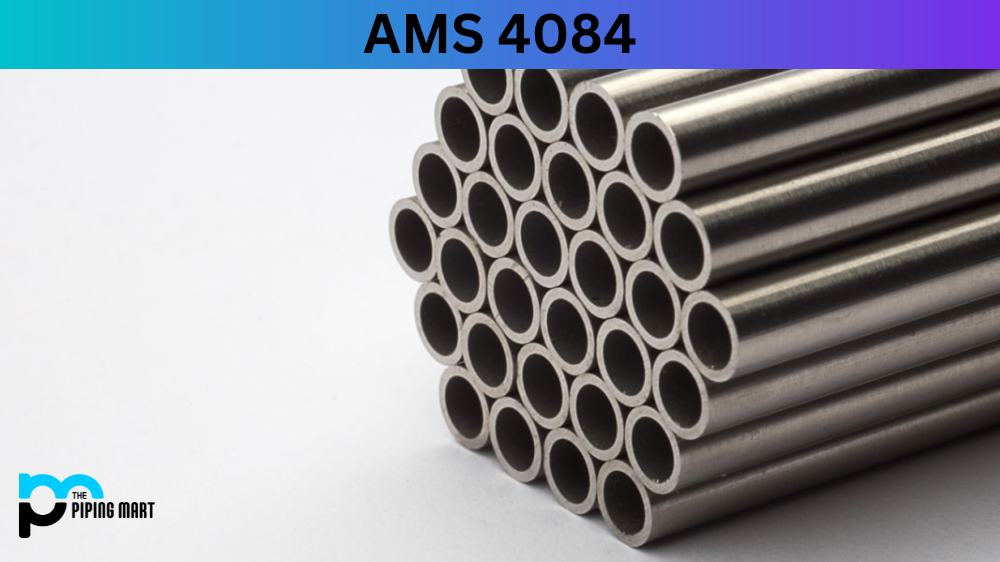SAE/AISI 1137 is a low-carbon, high-manganese steel. It is also known as “desulfurized” steel. This grade of steel is produced by the addition of sulfur and manganese to the molten steel during casting. The purpose of this addition is to increase the hardenability of the steel. SAE / AISI 1137 is suitable for a wide range of applications, including gears, shafts, pipes, and wires. Let’s take a closer look at some of the key characteristics of this versatile steel.
AISI 1137 Composition
| Element | Content (%) |
|---|---|
| Iron, Fe | ~98 |
| Manganese, Mn | 1.35-1.65 |
| Carbon, C | 0.32-0.39 |
| Sulfur, S | 0.08-0.13 |
| Phosphorous, P | 0.04 (max) |
AISI 1137 Physical Properties
| Properties | Metric | Imperial |
|---|---|---|
| Density | 7.7-8.03 g/cm3 | 0.278-0.290 lb/in3 |
AISI 1137 Mechanical Properties
| Properties | Metric | Imperial |
|---|---|---|
| Tensile strength | 584 MPa | 84702 psi |
| Yield strength | 344 MPa | 49893 psi |
| Elastic modulus | 190-210 GPa | 27557-30458 ksi |
| Poisson’s ratio | 0.27-0.30 | 0.27-0.30 |
| Elongation | 26.80% | 26.80% |
| Reduction of area | 53.90% | 53.90% |
| Hardness | 174 | 174 |
AISI 1137 Equivalent
- AMS 5024
- ASTM A29 (1137)
- ASTM A311 (1137)
- ASTM A510 (1137)
- ASTM A576 (1137)
- SAE J1397 (1137)
- SAE J403 (1137)
- SAE J412 (1137)
- AMS 5020
- AMS 5024C
- AMS 5024D
- ASTM A108
- FED QQ-S-637 (1137)
- SAE J414
Uses
AISI 1137 is a popular steel alloy that has a vast range of uses. It is highly sought after for its strength, good machinability and ductility, as well as its deep hardenability and the fact that it can be machined very smoothly with a good surface finish. Its low cost and ease of production make it particularly suited to mass-production processes such as automotive components, structural applications including walkways or bridge trusses, agricultural parts and tools. In addition to these roles, SAE 1137 is also used in the manufacture of connecting rods in vehicle engines and in mining machinery, pipe systems and pumps on oil rigs. There are a few applications where this versatile alloy doesn’t find a place!
Corrosion Resistance
One of the key benefits of grade 1137 steel is its corrosion resistance. The sulfur and manganese additions to the steel help to protect it from rust and other forms of corrosion. This makes it an ideal choice for applications where durability and long-term performance are important considerations.
Heat Resistance
Another key benefit of alloy 1137 steel is its heat resistance. The manganese content in the steel helps to protect it from high temperatures, making it an ideal choice for applications where heat resistance is important.
Heat Treatment
SAE / AISI 1137 can be heat treated to a variety of different tempers. The most common heat treatment for this grade of steel is full annealing, which relieves stresses from previous processes and prepares the steel for further working. Other common heat treatments for this grade of steel include partial annealing and stress relief.
Machining
SAE / AISI 1137 can be machined using all standard machining methods. However, due to its high carbon content, it should be preheated before welding to prevent cracking.
Welding
SAE / AISI 1137 can be welded using all standard welding methods. However, due to its high carbon content, it should be preheated before welding to prevent cracking.
Conclusion:
SAE / AISI 1137 is a versatile low-carbon, high-manganese steel that offers a wide range of benefits, including corrosion resistance, heat resistance, and machinability. If you’re looking for durable steel that can stand up to tough conditions, SAE / AISI 1137 may be the right choice for your application.

Pipingmart is a B2B portal that specializes in metal, industrial and piping items. Additionally, we share the latest information and information about materials, products and various types of grades to assist businesses that are involved in this business.




